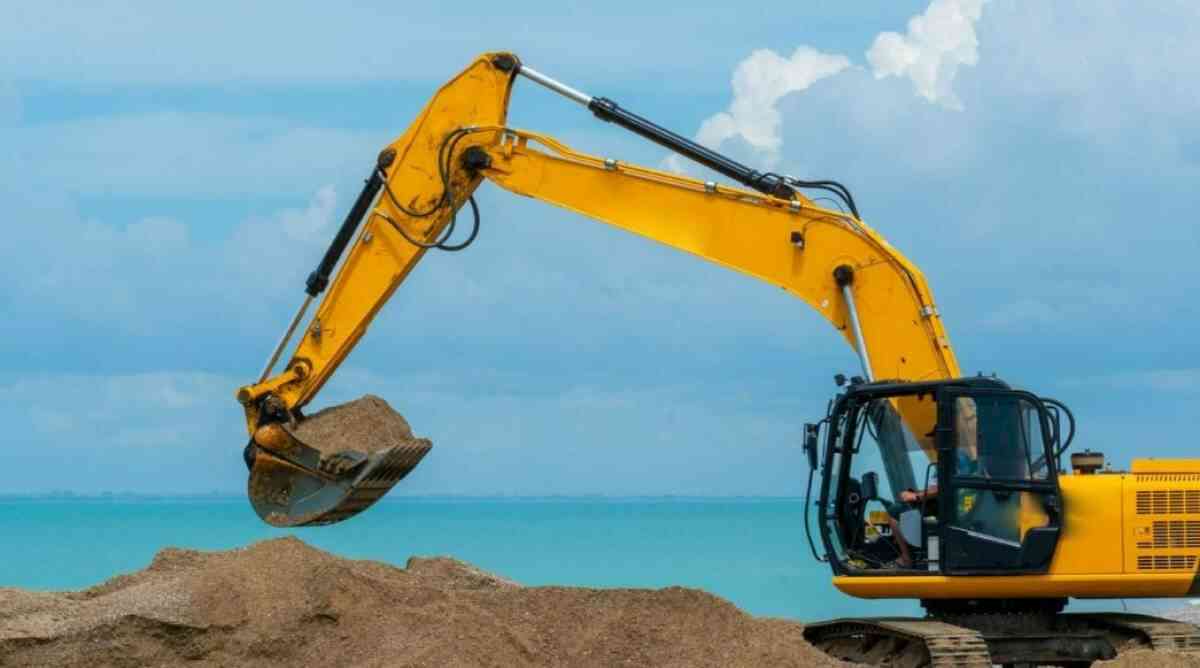A Quick Guide To Excavators
- - Category: Industrial
- - 30 Jun, 2023
- - Views: 145
- Save

Excavators are heavy equipment vital in how construction industries accomplish seemingly impossible tasks.
Heavy Machines: A Quick Guide to Excavators
Industry and heavy equipment help modern industries to carry out seemingly impossible tasks safely and efficiently. An example of a heavy-duty machine commonly used today is an excavator. Aside from size, excavators range in varying functionalities and capabilities.
What is an excavator, and what is its primary purpose?
Excavators are powerful earth-moving machines that play a vital role in many industries, including landscaping, construction, and agriculture. Excavators can dig and transport large quantities of rocks, soil, and construction materials.
This article introduces everything you need to know about excavators. We'll start with the different types of this heavy equipment.
What are the different types of excavators?
These are the main types of excavators, classified according to functionality and size.
Standard
Also known as hydraulic excavators, standard excavators use diesel engines to power hydraulic pumps and motors. Standard excavators are the most common type, and their versatility makes them suitable for various applications. This all-around excavator can dig trenches for foundations, site development, and lifting heavy objects, among other functions.
Standard excavator sizes range from 1.5 to 90 tons.
Long-Reach
A long-reach excavator features an extended boom and arm, extending its reach to 100 feet. This feature helps them perform deep digging, demolition, cutting, shearing, and crushing.
Mini Excavators
Mini excavators are ideal for crowded or small construction sites. These compact machines can be manoeuvred in small areas and are excellent for accurate digging.
With sizes ranging from 0.5 to 8 tons, mini excavators are convenient to transport, fuel, and drive on unreinforced pavement.
Backhoe
Backhoe excavators have a shovel or blade attached to the front, with the arm and digging bucket attached to the rear. This combination of attachments gives them varying purposes, including material handling, pushing, levelling, and land clearing. They are ideal for construction and landscaping projects.
Dragline
Dragline excavators are much larger than standard types. They are perfect for large-scale projects such as deep pile driving, construction of roads and harbours, mining, and underwater digging. Their size and the limitations of the dragline system make them unsuitable for smaller projects.
What tasks are completed with an excavator?
The type of excavator you need will depend on the requirements of your project.
Digging and Excavation
Excavators primarily handle earth-moving tasks, such as digging trenches, clearing sites for construction, and landscaping.
Material Handling
Excavators are also powerful tools for loading and unloading construction materials and moving large amounts of soil and debris. This function is especially useful in construction sites.
Demolition
Demolition projects involve many tasks, such as digging, breaking ground, crushing, and removing debris. Tall buildings require a long-reach excavator, while mini-excavators are sufficient for houses and other residential buildings.
Landscaping
Excavators make landscaping projects easier and more efficient. They can clear and level the earth, dig holes for trees, and dig trenches to create retaining walls and ponds. Mini excavators are suited for most landscaping projects because of their precise digging and manoeuvrability.
Hopefully, this article has helped you discover the benefits of investing in a good excavator and the different types and functions available. If you have more questions, contact your local heavy equipment supplier today!
